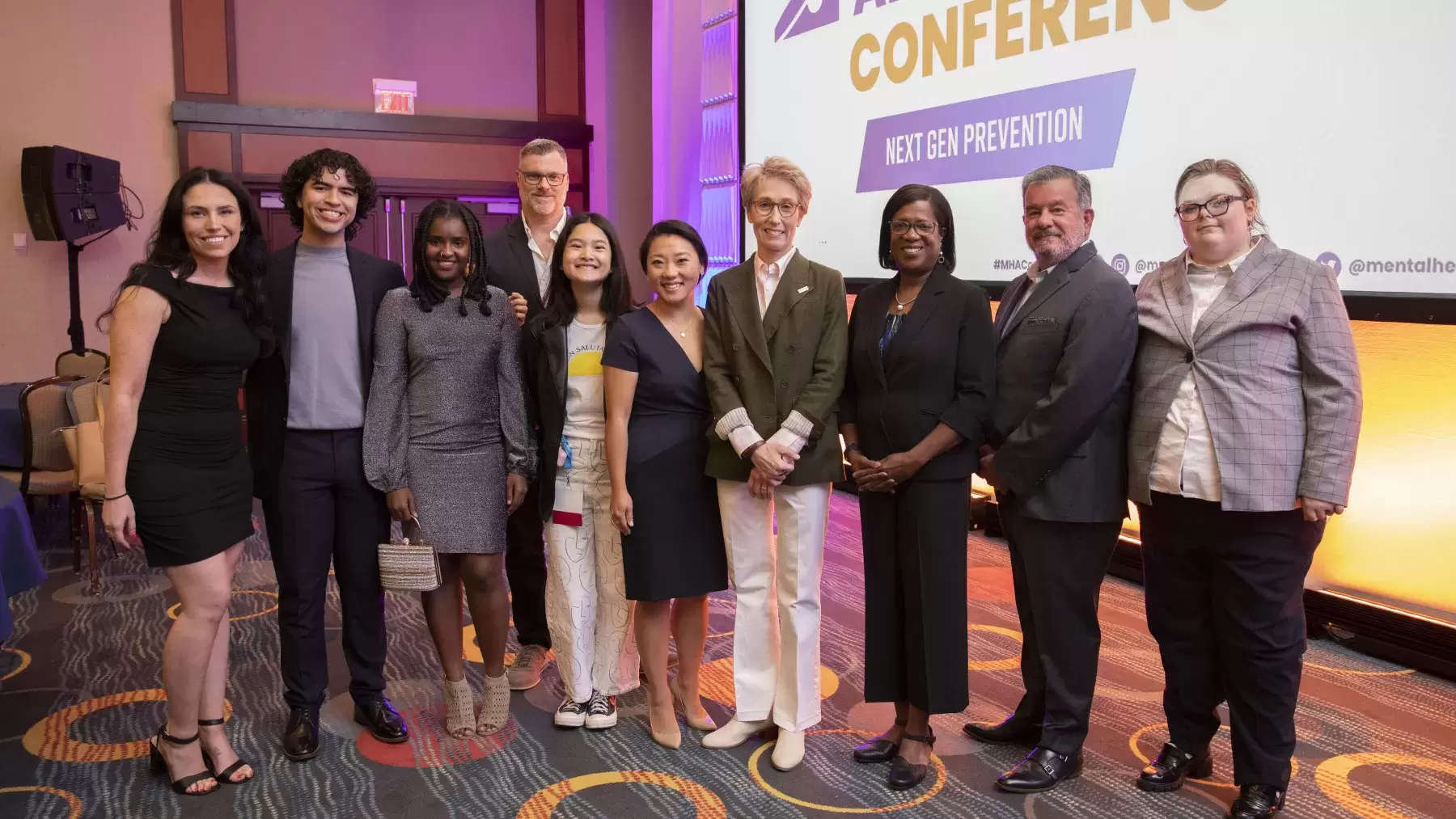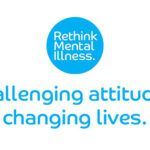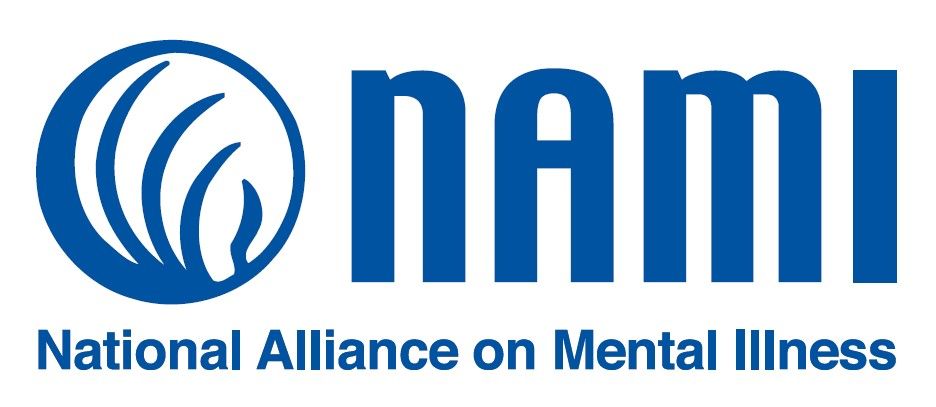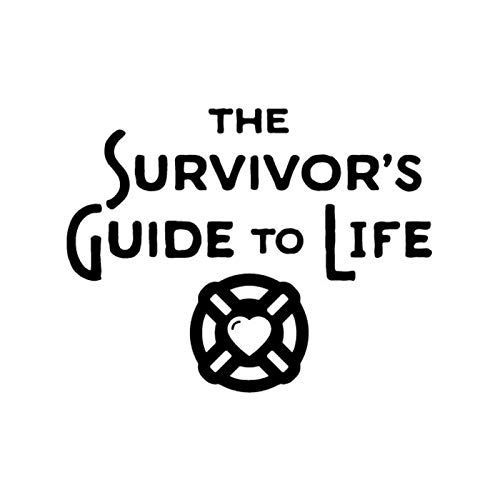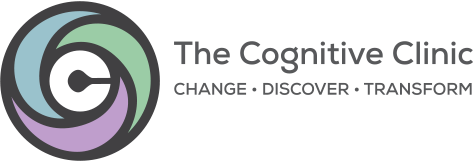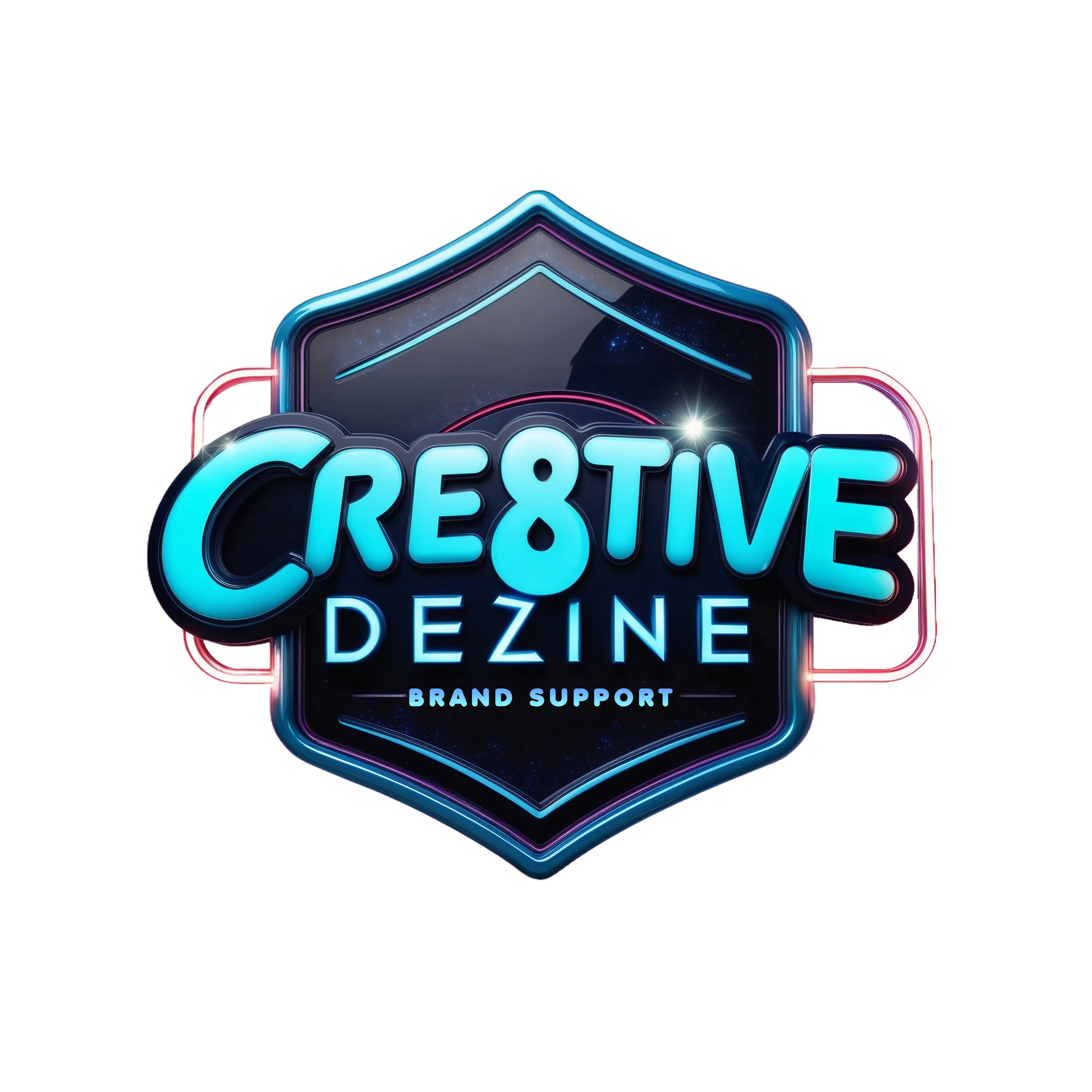{{Mental Health, Pets & You}}
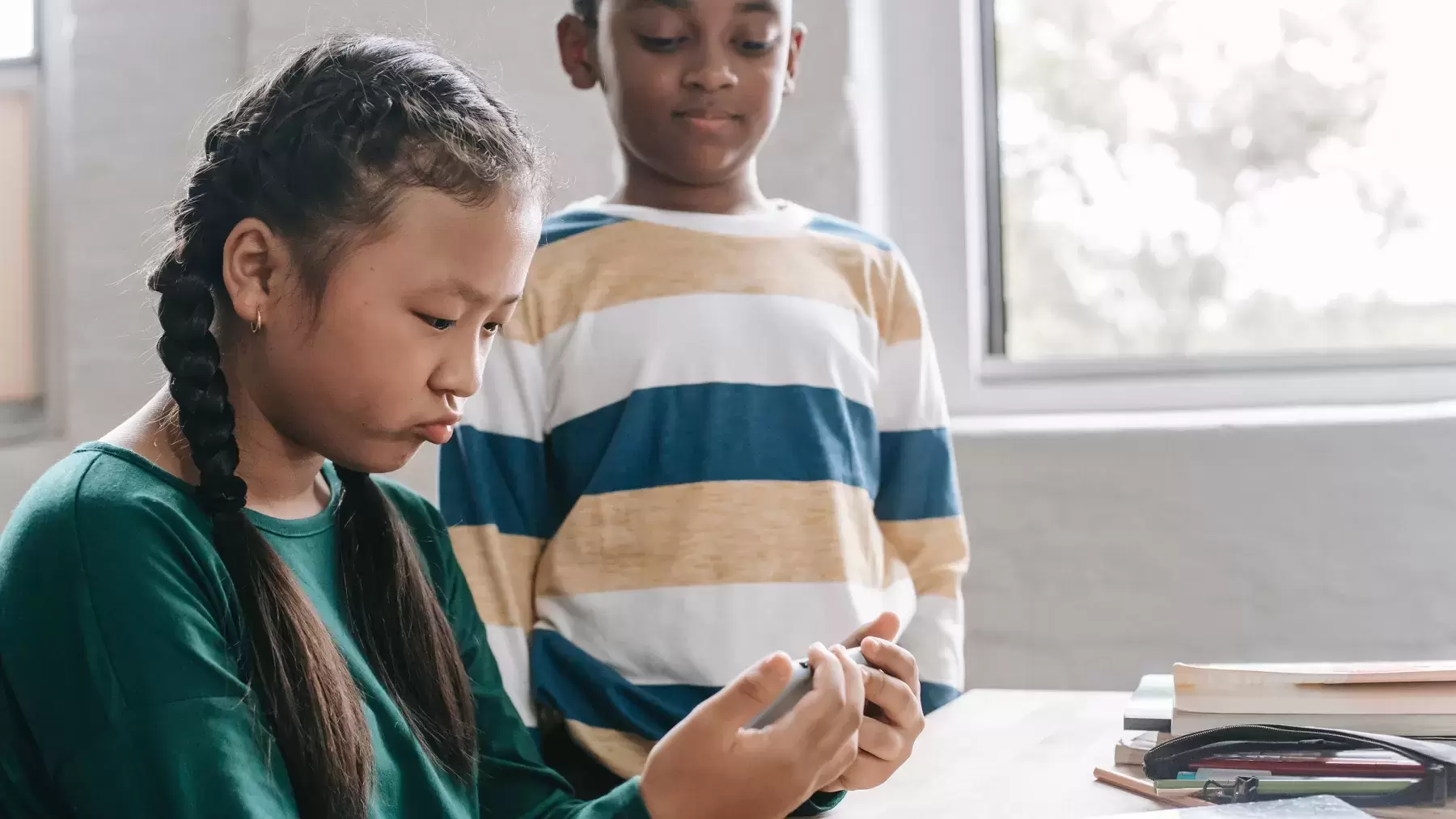
I remember as a teen when I had to stare at my own and others' bodies in a mirror during ballet class for hours on end, day after day. That space is where I learned to feel ashamed of my body as I critiqued and compared myself to the people physically around me. Social media was just taking off in my teenage years, and I think about what might have happened, when at my most vulnerable, had I gone home, logged onto Instagram or Tiktok, and been fed message after message about restrictive diets, extreme weight loss, and self-harm.
Young people live in a world where they are taps away from constant comparison traps, pro-eating disorder content, and triggering images and words about their bodies, diets, weight, and appearance. It's hard enough for youth not to naturally compare themselves to their peers and those around them – with social media's presence, it's nearly impossible.
Youth can open their phones and measure themselves to not only to their inner circle or peers, but to strangers, celebrities, athletes, influencers, or anyone their algorithm might decide to promote on their page. They are constantly being shown what they should look like, eat, do for exercise, buy, wear, and become. Beyond their engagement in this content, youth are being intentionally fed this addicting and harmful content through social media platforms.
For young people who are already struggling, this content finds them in a vulnerable state when they are more susceptible to engage with negative, harmful, or triggering posts, accounts, ads, and videos. Social media capitalizes on young people who are in a negative headspace. A 2022 report found that Meta profits an estimated $2 million in annual revenue from pro-eating disorder accounts and nearly $228 million from its followers, with the average age of those followers being 19. Even more alarming is that 20 million users are being fed content by just 90,000 accounts promoting restrictive diets and extreme weight loss, and one-third of those accounts are run by underage users.
As disheartening as this is, what do we do? How do we support young people in ways that make them feel confident, beautiful, loved, and accepted? How do we help each other find "self-love" – a common buzzword society doesn’t seem to be taking to heart. Here are a few messages from a recent Mental Health America webinar conversation about social media's impact on mental health.
Pay attention to how you speak about yourself, your body, your diet, and your body image around kids.
As a parent, caregiver, teacher, mentor, coach, or whatever capacity you serve young people, you are a role model. This means your behavior matters – youth are watching and picking up on habits, thought patterns, and beliefs more than you may think. I had a realization the other day that for all the female influences I've had in my life, I can't recall any of them talking about their bodies in positive ways. When youth hear adults body shaming themselves, talk about a new diet, see them restricting foods, or hear them say they need to get to a certain weight, those behaviors are modeled for them.
Just as easily as youth can witness negative behaviors, they can also see positive ones:
- Caring for and respecting their bodies.
- Engaging in positive eating habits and avoiding labeling food “bad” or restricting food groups.
- Giving others compliments beyond how they look.
- Encouraging the belief that the way you look is not the most important thing about you.
How you talk about and treat your body matters when it comes to youth developing their habits, beliefs, and views about themselves.
Encourage kids to engage safely online.
Technology isn't going away, so encouraging safe and healthy use is essential. Talk to young people about the type of content they see, the accounts they follow, and the information they read. Allow space for conversations about how social media can be a powerful tool in both positive and negative ways. Give examples of positive use like:
- Following and engaging with accounts and users that promote self-confidence, positive practices, and provide reliable information.
- Unfollowing, blocking, or muting content that can make you feel bad about yourself, sad, or triggered.
- Seeking out spaces where others are kind, supportive, and safe to connect with.
For many youth, online spaces can provide communities where they find support. This is especially true for Black, Indigenous, and people of color (BIPOC) or LGBTQ+ youth living in areas where they are underrepresented and feel they can't make in-person connections to people similar to themselves.
Support formal efforts to protect youth online like KOSA.
The Kids Online Safety Act (KOSA, S. 1409 ) is a proposed bill intending to protect kids online and create more transparency with social media algorithms. KOSA directly addresses the harmful ways social media, as a form of business, is placing business revenues over the health and well-being of kids. You can learn more about KOSA here.
Just like a mirror, when youth see positive, joyful, and healthy content reflected back at them from their screens, the more likely they will see themselves in a loving way.
Learn more in the Selfies, Social, And Screens: Navigating Virtual Spaces For Youth toolkit , where caregivers, school personnel, and young people can find tips and resources on how to protect youth mental health in a digital world.

